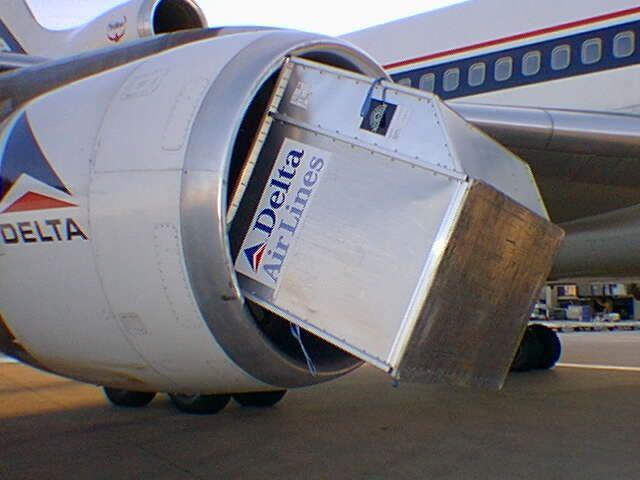CLT was a far smaller hub at the time that AA operated RDU and BNA and AA was a far larger airline than PI.
AA's RDU and BNA strategies both failed because they tried to fragment their hub presence in the SE and in the process did not gain the mass necessary to compete with, wait, wait, ATL which is still the 800 ton gorilla in the airline industry. As much as some might not want to hear that, AA’s failure was due to its inability to compete with ATL was a hub for DL and EA which for most of the existence of the BNA and RDU hubs.
Further, low cost carriers were expanding in the SE including with CO’s low cost carrier efforts in GSO which pulled a lot of traffic away from RDU.
CLT continues to exist as a hub as large as it is because of the huge amount of connecting traffic including one of the highest percentage on small RJs and turboprops.
As much as some people don’t want to hear it, CLT is very vulnerable to the pilot shortage that will only increase as thousands of mainline pilots throughout the US retire.
Further, AA still has a lot of RJs tied up at LGA and JFK for a hub that is supposedly focused on O&D traffic; at a time when DL is aggressively moving to large RJs and small mainline aircraft, AA still has a high percentage of small RJs. And so does UA at EWR as well.
CLT won’t go away but AA has to rationalize its network and reduce the number of hubs it has to do it as part of the merger process.


